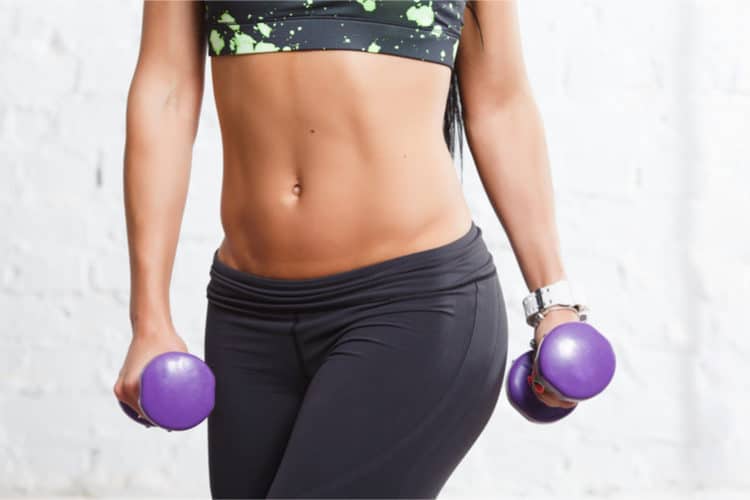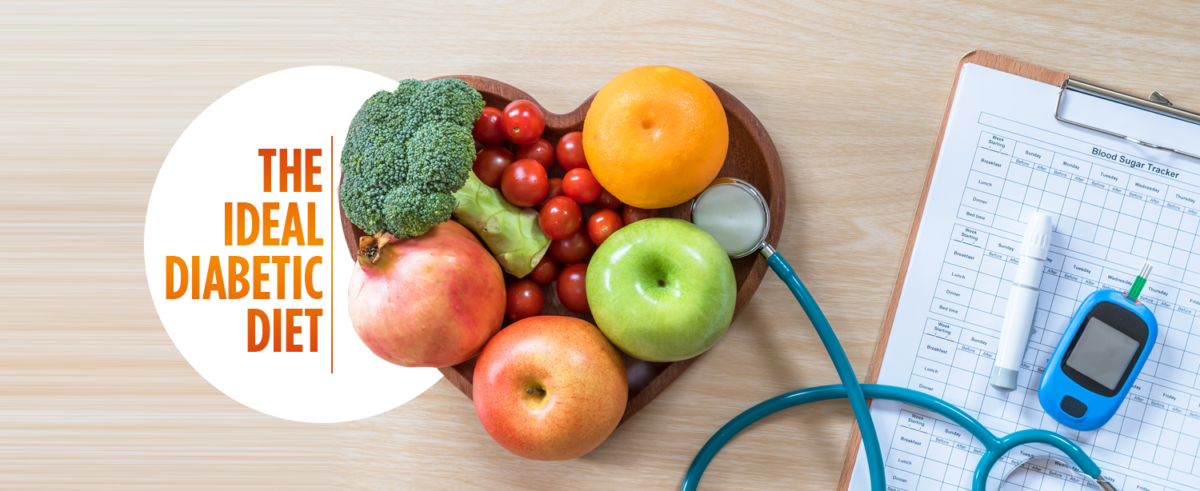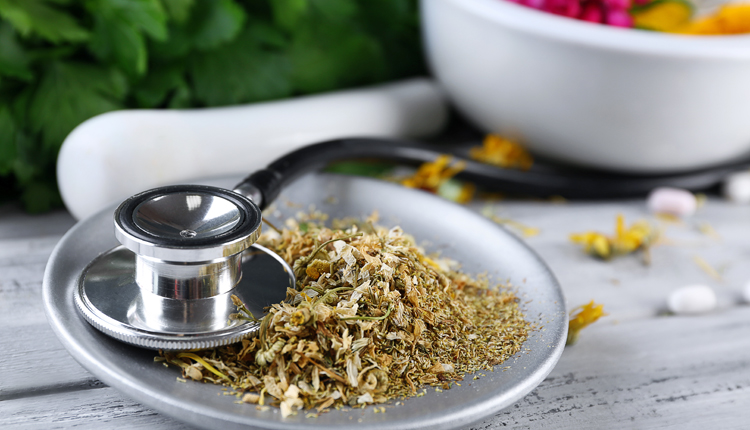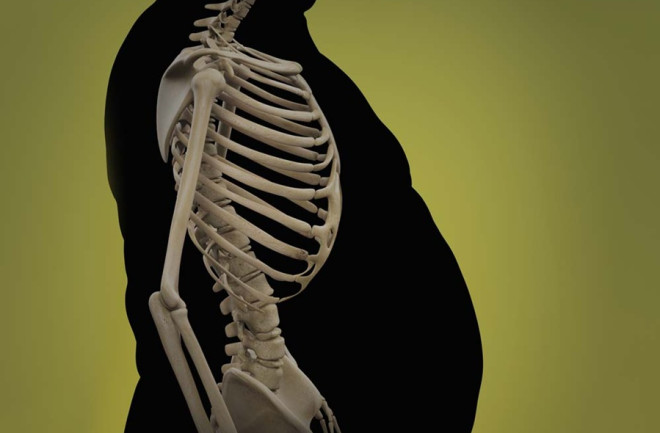Hypoglycemia is a medical condition in which blood glucose levels are lower than normal. There are two types of hypoglycemia. The first type is called organic hypoglycemia. It can be caused by other disorders such as a tumor or liver disease. The best way to deal with organic hypoglycemia is to treat the underlying cause of the disease. The second type is reactive hypoglycemia. This type occurs when the body has a hard time regulating glucose levels in the blood. In certain individuals, food is broken down too quickly, resulting in an overload of glucose in the bloodstream. In response to this, their bodies overreact when trying to get rid of the excess glucose, causing blood sugar levels to plummet, resulting in hypoglycemic symptoms. The best way to treat reactive hypoglycemia is to modify the diet.
Some foods break down in the body more slowly than others. Incorporating these foods into the diet will help those suffering from reactive hypoglycemia to maintain balanced blood glucose levels. The following is a list of foods that can help control hypoglycemia.
1. High Protein Foods
Foods such as beef, pork, lamb, turkey, chicken, eggs and nuts are high in protein. High protein foods break down slowly in the body, which helps to keep blood sugar levels stable. Choose lean cuts of meat to keep excess calories at bay.
2. Complex Carbohydrates
Complex carbohydrates are foods such as whole grain breads and pastas, brown rice, tubers and vegetables. These foods are digested more slowly than simple carbohydrates like white flour and sugar.
3. High Fiber Foods
Focusing on high fiber foods will help to keep blood glucose stable. Some of the best high fiber foods are vegetables, some fruits and legumes. Broccoli, bell peppers, spinach, cucumbers, carrots, apples, berries and beans are all good sources of fiber.
4. Healthy Fats
Eating a moderate amount of healthy fats with your meals and snacks will help to prevent spikes and subsequent falls in blood sugar. Choose monounsaturated and polyunsaturated fats such as avocados, olive oil and nut butters.
Maintaining a balanced diet that includes all of these food groups, in the right proportions, is the best way to deal with symptoms of hypoglycemia. Try to shoot for a ratio of 35 to 45 percent complex carbohydrates, 25 to 35 percent protein and 25 to 35 percent fat. Keep to this ratio for every meal and snack that you consume throughout the day.
It also helps to eat several smaller meals or snacks each day rather than three large ones. Try to eat something at least every 3 hours. It’s easier if you plan your meals ahead of time. That way you won’t be tempted to grab something that’s full of simple sugars. Keep your refrigerator and cupboards well stocked and throw some snacks in your desk or purse so you’ll always have something on hand when hunger strikes.












